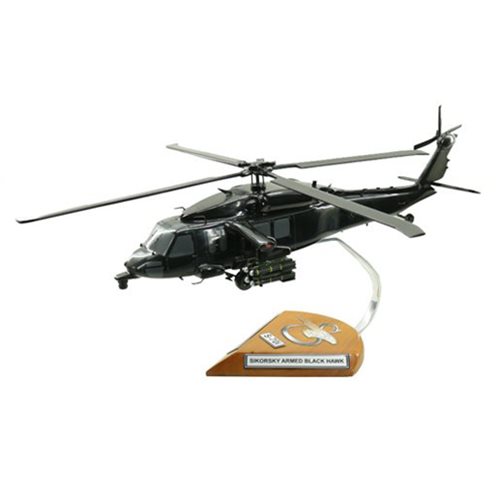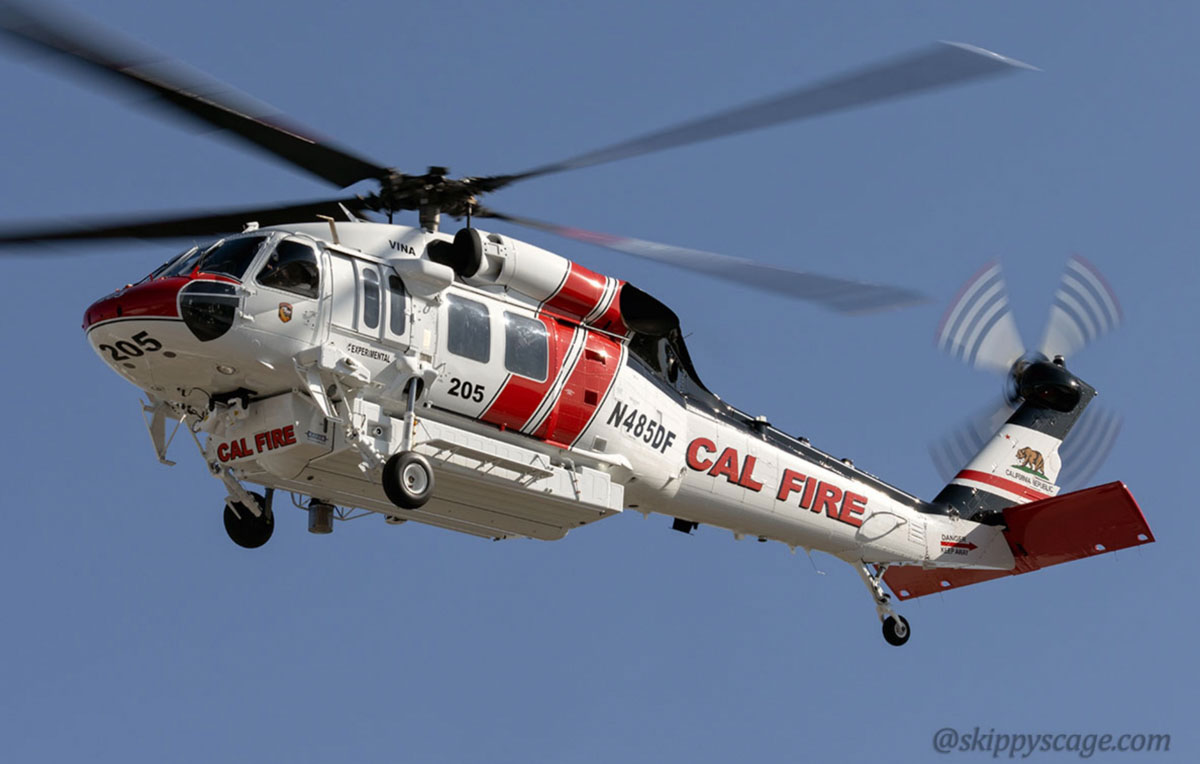How the Sikorsky S 70 Stands Apart in the Helicopter Industry
High-Performance Multi-Role Rotorcraft Featuring Advanced Cabin Technologies and Integrated Sensor Systems
The world of rotorcraft modern technology has seen noteworthy innovations in current times, specifically in the realm of high-performance multi-role rotorcraft geared up with sophisticated cockpit technologies and effortlessly incorporated sensor systems. These innovations have not just augmented the operational capacities of rotorcraft yet have actually likewise substantially affected modern aeronautics procedures on various fronts. From enhanced objective flexibility to improved functional effectiveness, the convergence of innovative cockpit technologies and integrated sensing unit systems has actually ushered in a brand-new age of opportunities for rotorcraft applications. In the complying with discussion, we will certainly explore the development of rotorcraft innovation, look into the realm of innovative cockpit innovations, and check out the ramifications of incorporated sensor systems on the functional versatility and effectiveness of modern-day rotorcraft.
Evolution of Rotorcraft Technology
The advancement of rotorcraft modern technology has been marked by considerable innovations in aerodynamics, materials, and propulsion systems, shaping the capacities and efficiency of modern-day rotorcraft. Wind resistant improvements have enhanced the efficiency and maneuverability of rotorcraft, enabling raised speed, agility, and stability during flight (sikorsky s 70). Advancements in materials, such as making use of composite materials and advanced alloys, have caused lighter yet more powerful rotorcraft frameworks, boosting overall efficiency and durability. Furthermore, improvements in propulsion systems, consisting of more effective engines and cutting-edge propulsion technologies, have actually made it possible for rotorcraft to attain greater elevations, faster speeds, and greater hauls.
These advancements have not just transformed the capabilities of rotorcraft yet have additionally broadened their applications across numerous markets, including army, industrial, and emergency solutions. The constant advancement of rotorcraft innovation remains to drive innovation in the field, pushing the boundaries of what is possible and shaping the future of upright flight.
Advanced Cockpit Innovations
Building upon the foundational advancements in aerodynamics, materials, and propulsion systems, the world of rotorcraft modern technology now shifts emphasis in the direction of introducing Advanced Cockpit Innovations. The combination of cutting-edge modern technologies within the cockpit setting plays a vital role in improving the functional capacities, safety, and performance of contemporary rotorcraft. sikorsky s 70. Advanced Cockpit Innovations include a wide selection of functions created to supply pilots with boosted situational awareness, structured data administration, and instinctive control interfaces
Among the key advancements in cockpit design is the application of glass cockpits, which change typical analog evaluates with high-resolution displays. These electronic systems provide customizable formats, real-time information integration, and enhanced readability, allowing pilots to accessibility vital info at a look. Progressed avionics systems, such as fly-by-wire controls and increased truth screens, are reinventing how pilots interact with the aircraft, enabling for specific control and improved decision-making capabilities.


Including advanced cabin innovations not just improves pilot performance however also adds to general goal efficiency and security in complex operational atmospheres. By leveraging advanced innovations within the cabin, rotorcraft makers are setting new standards for operational quality and goal success.
Integrated Sensing Unit Solutions
With the development of rotorcraft innovation, the integration of innovative Integrated Sensing unit Solution has actually ended up being paramount in improving functional effectiveness and safety and security. These Integrated Sensor Equipments encompass a large array of innovations that provide important data for different features such as navigation, monitoring, targeting, and ecological monitoring. By perfectly incorporating sensors like radars, video cameras, lidar, and infrared systems right into rotorcraft, drivers can take advantage of enhanced situational recognition, improved goal capabilities, and minimized pilot work.
One key advantage of this contact form Integrated Sensing unit Equipments is their ability to gather real-time information and give actionable insights to pilots and objective drivers. As an example, advanced radar systems can find and track targets over fars away, permitting early risk detection and efficient action preparation. Furthermore, integrating infrared and electro-optical electronic cameras enables rotorcraft to conduct reconnaissance and surveillance missions with precision and accuracy.
Essentially, the integration of advanced sensor modern technologies into rotorcraft not just enhances functional effectiveness but additionally contributes substantially to general objective success and team security. As rotorcraft continue to develop, the function of Integrated Sensor Systems will unquestionably stay at the leading edge of development in the aerospace industry.
Functional Convenience and Performance
Enhancing operational flexibility and efficiency in rotorcraft is an all-natural progression from the assimilation of innovative Integrated Sensor Systems. By leveraging the insights and information offered by these advanced sensing unit systems, rotorcraft can maximize their performance throughout different missions and settings.
Operational versatility incorporates the capability of rotorcraft to adapt to various functions and scenarios successfully. With sophisticated cockpit technologies and incorporated sensor systems, rotorcraft can flawlessly change in between tasks such as search and rescue, medical emptying, monitoring, and a lot more. This flexibility boosts the rotorcraft's capability to fulfill diverse operational requirements without calling for substantial reconfiguration.
Efficiency in rotorcraft procedures is essential for optimizing mission efficiency and source usage. Integrated sensing unit systems play a pivotal function in boosting operational effectiveness by giving real-time data on climate condition, terrain mapping, target monitoring, and extra. This information enables pilots to make educated choices promptly, optimize flight paths, save gas, and boost overall mission efficiency.
Effect on Modern Air Travel Workflow

Additionally, the assimilation of sophisticated sensing units helps with boosted mission preparation and implementation, allowing rotorcraft to execute a broad array of tasks with improved accuracy. From search and view website rescue operations to airborne firefighting and police objectives, the capacities of contemporary rotorcraft furnished with innovative cockpit technologies and incorporated sensing unit systems are unequaled.
Moreover, the effect of these innovations prolongs past functional efficiency to cost-effectiveness and sustainability. By enhancing trip routes, gas consumption, and upkeep timetables, high-performance rotorcraft equipped with advanced cockpit modern technologies and sensors contribute to decreasing functional prices and ecological influence, making them important possessions in modern-day air travel operations.
Final Thought
To conclude, the high-performance multi-role rotorcraft with innovative cockpit technologies and integrated sensor systems stands for a substantial evolution in air travel innovation. These innovations enhance operational flexibility and effectiveness, eventually affecting contemporary aeronautics procedures in a positive way. The integration of these advanced innovations permits enhanced capacities and efficiency in different objective situations, showcasing the continued development of rotorcraft technology in the aviation industry.
The world of rotorcraft modern technology has actually seen significant improvements in recent times, particularly in the world of high-performance multi-role rotorcraft geared up with innovative cabin technologies and perfectly integrated sensing unit systems. From improved mission flexibility to enhanced operational efficiency, the convergence of innovative cabin innovations and integrated sensing unit systems has actually ushered in a new period of possibilities for rotorcraft applications. In the following conversation, we will discover the development of rotorcraft innovation, dive into the realm of sophisticated cockpit technologies, and take a look at the implications of incorporated sensor systems on the functional versatility and efficiency of modern rotorcraft.
